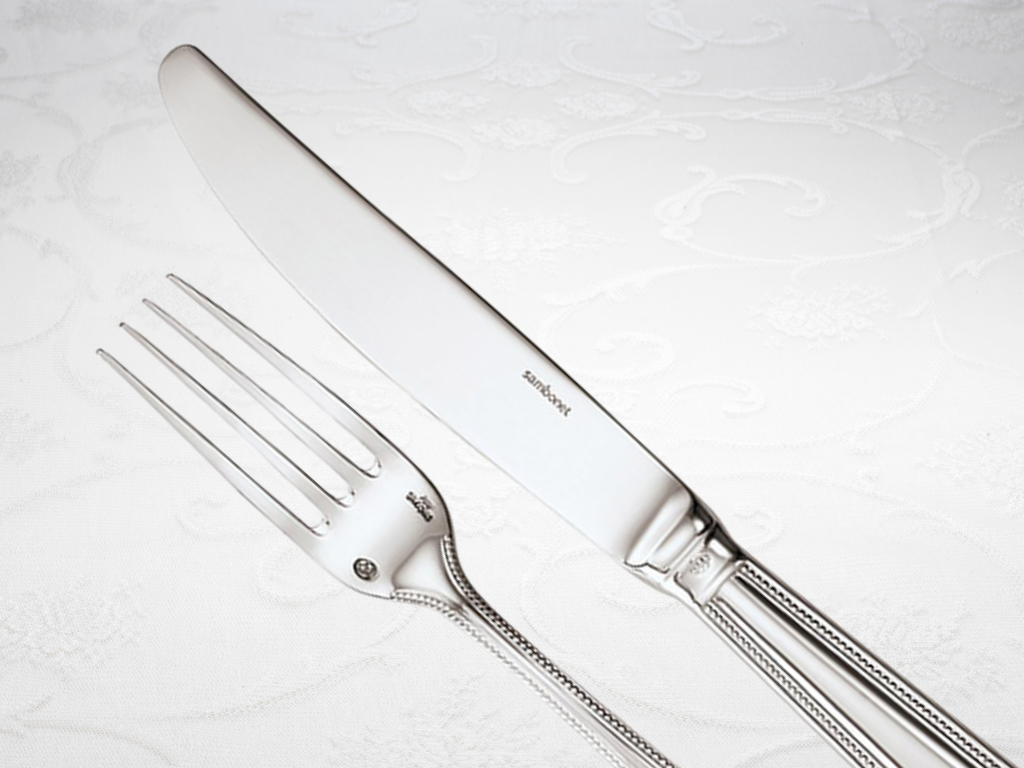Brand Stamping on Silverware: How Manufacturers Respond

Stamping became popular on silverware as a way to indicate the origin and the level of quality of the pieces. If you ever look closely at silverware, whether at home, in restaurants, or in antique markets, you can usually gain clues about the composition and manufacturing based on their engraved indications.
These markings may come as numbers, symbols, names, or even pictures, but each gives insight and the history of the item.
Why Many Silverware Manufacturers Keep the Stamp
Silverware markings are often different based on the place of manufacturing. For example, in England, emblems on silver illustrated their purity and were strictly protected beginning in the 14th century. Lions are popular traditional symbols of English silver products.
In the early history of the United States, they traditionally included the maker’s name, if any symbol was used. Later on, they began stamping numbers indicating the silver’s purity. Each country has its own code passed on historically to denote the silver’s quality and some of the details surrounding its creation.
Customer Pushback & the Shift to Remove Insignias
While insignias used to be seen as a sign of quality, many modern-day consumers feel it has the opposite effect, and may even take away the authenticity of the object.
Depending on the cultural preferences and habitual manner of crafting silver, each market has its own unique preferences. For example, some brands like Fortessa have removed their insignia for a more modern feel to their pieces.
Who Still Stamps?
If you’re searching for silverware that still bears its traditional markings, you can still easily find them. Brands like Gorham and Sambonet still use stamps.
Gorham flatware dates back to 1831 and eventually became one of the greatest silver manufacturers worldwide. Sambonet uses only the highest quality 18/10 stainless steel and continues to bear its classical logo.
Not to Be Confused With Silverware Purity
If your tableware doesn’t have an insignia, it doesn’t mean it’s a low-quality piece. Silver has many markings that indicate silver purity.
Some of the most common markings include a 950, which indicates it is a Brittania silver made of 95% silver. It exceeds the sterling requirement but has a softer feel than typical sterling.
If your piece has a 925 marking, it is the standard for sterling silver. This requires the piece to be at least 92.5% silver.
If you spot the number 900, it indicates that it is 90% silver, which therefore disqualifies it from being sterling silver.
European silver is marked with the number 800. This is also called continental silver and refers to its 80-85% silver content.
We Help You Choose
Silver Superstore is currently working to note which of the patterns on our site have brand stamps and which have been removed. We are committed to helping you find the tableware of your dreams that truly reflects your style.
Some feel that stamps and insignias add a luxurious feel to their silverware. Luckily, now customers have a wide variety of options to choose what best suits their aesthetic.